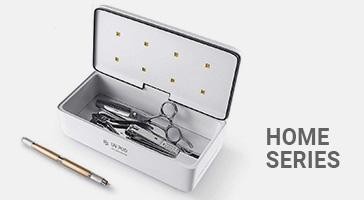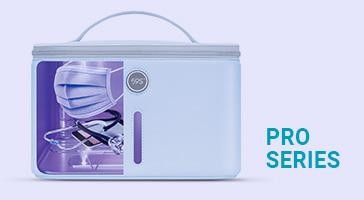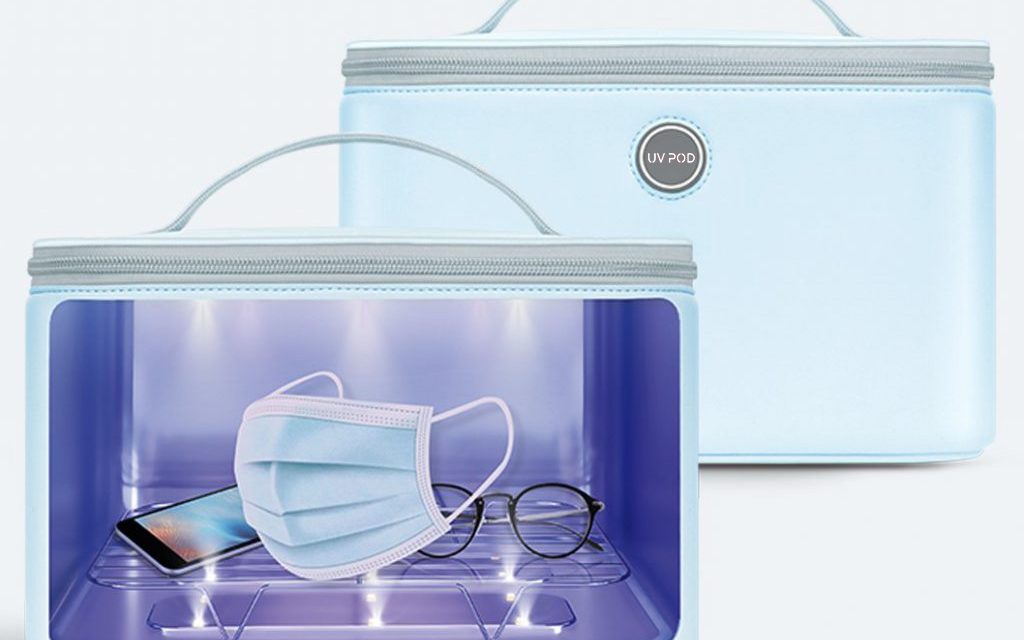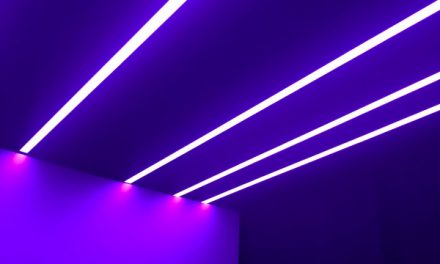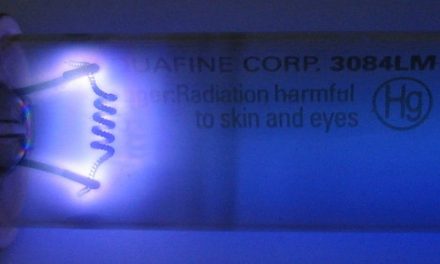Facts on what germicidal UVC gadgets are, how they work, and their possible hazards
UV germicidal gizmos are quickly becoming a staple due to the steadily regularly increasing volume of buyers in the wake of the Novel Coronavirus pandemic. However, the question is, how harmless are these gadgets for everyday use? Some UV-powered products can be inefficient and, if not properly used, may cause long-term damage to the skin and eyes. To establish the possible health risks, the American Lighting Association and National Electrical Manufacturers Association colluded to give essential safety information about UV light. “We are glad to work with NEMA in giving essential safety information to the public,” ALA’s engineering and technology director, Terry Mcgowan, said. “The demand for effective UV disinfecting technology that is designed to be used everyday in residential settings has prompted innovation and is helping pave the way for the ceiling fan and lighting industries to help by contributing solutions that will help minimize the spread of the virus.” The new article, “Facts on UVC Germicidal Devices,” is the first guideline provided for the lighting industry and possible consumers who have no guarantee of device efficiency or the dangers brought by over-exposure from machines that don’t have proper regulation of UVC emissions.
What is germicidal ultraviolet?
UVC light is a proven substitute for chemicals in deactivating the DNA of bacteria, viruses, and other pathogens. Specifically, UV-C light, which is in the lower wavelengths, causes harm to the nucleic acid of pathogens by forming covalent bonds between certain adjacent bases in the DNA. DNA replication is prevented in chromosomes and cells because bonds formed between two chromosomes anchor the DNA. When an organism tries to reproduce and split, it dies and cannot pass its DNA on to other organisms.
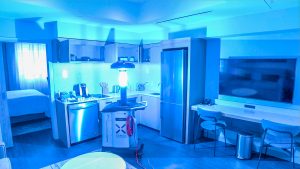
How does ultraviolet sterilization work?
Ultraviolet sterilization (UV sterilization), also known as ultraviolet germicidal irradiation (UVGI), works by breaking down certain chemical bonds and scrambling the structure of DNA, RNA, and proteins, causing a microorganism to be unable to multiply. A microorganism is considered dead when it is unable to reproduce within a host. This means that it is no longer infectious.
How safe are they for everyday use?
Deep ultraviolet (UVC) light-emitting diodes (LEDs) are a radiation source and require caution to ensure safety. Deep ultraviolet (UVC) light-emitting diodes (LEDs) are irradiation sources and require safety measures to ensure safe use.
How effective is each at getting rid of coronavirus?
Virologist George Johnson says that UVC radiation is a proven way to reduce the spread of harmful bacteria. For decades, UVC radiation has effectively been able to reduce the spread of bacteria, such as tuberculosis, in air, water, and nonporous surfaces.
What are the practical uses of germicidal ultraviolet?
UV technology is an approach to disinfection that does not include chemicals. Ultraviolet technology relies on electromagnetic radiation waves to produce germicidal effects and kill bacteria. The use of ultraviolet waves to do so makes the process simple, affordable, and requires very minimal maintenance. UV purifiers utilize germicidal lamps that are designed and carefully calculated to produce a certain dosage of ultraviolet to be specific at least 16,000 microwatt seconds per square centimeter. Many systems actually have a much higher dosage. The principle of design is based on a product of time and intensity. To be considered successful, a design must have a certain amount of time and intensity.
Facts About UVC Light Disinfection

Efficiency rate of 99%
The results of studies conducted by numerous independent laboratories and
health facilities show that UVC light sanitation systems are very effective. What is their effectivity rate? Some studies show that this product is higher than 99% effective at terminating deadly and dangerous pathogens, including Ebola, C. difficile, HIV, MRSA, and CRE. A good UVC sanitation system is reliable and produces distinguished results whenever it is used. The reliability and effectiveness of UVC disinfectors are another reason that this technology is superior to other disinfection methods.
User-friendly
UV sanitation systems are user-friendly, and operators can be trained and armed to operate a system after one training session. Some devices also have a motion detection sensor to make sure that rooms are empty before sanitation treatment begins. Some ultraviolet systems may also be controlled remotely, which can be utilized to control devices even through glass, removing of the need for the person to be physically in the room just to boot up the system or to don or use special gear for protection against the UV radiation. UV-C treatment is also quick, highly effective in only five minutes, depending on the capacity of the bulbs and the magnitude of the area.
High return of investment percentage
With a cost-effective UVC disinfection system, there are few persisting costs associated with operation. Replacement for the germicidal light bulbs and test strips are normally the only persisting costs associated with maintaining a UVC system. Many devices have warranties, some of which may also accommodate bulb replacement. Additionally, a lot of UVC decontamination systems are locomotive and can be easily transported from one room to another to be used in multiple facilities or departments. Cutting down the burden of infection rates can abate readmissions which may then affect reimbursement costs. At the end of the day, the patient and the loved ones of the patient are the ones who need to make this life decision to undertake the treatment.

germicidal-devices
Compatible with chemical cleaning
For sanitation purposes, the maintenance team members at some facilities often clean surfaces like floors and tables with chemical solutions, then run a UVC light disinfection method after. Because UVC light has the ability to sanitize the air and surfaces, but it cannot permeate the substance’s first layer, it is most often used to combat surface contamination. The use of UVC light sanitation in addition to cleaning with chemicals is recommended to achieve optimal results as an additional measure of safety. When combining cleaning with chemicals with UVC light sanitation application, disinfection rates improve staggeringly.
Its process
While UVC light is a short-wavelength light and is capable of killing pathogens by damaging their DNA, it makes them harmless in the process. UVC light disinfecting devices use high output producing UVC lamps to radiate a consistent dosage of UVC light. The UVC light in disinfecting devices is generated by a germicidal light, which is the same as the fluorescent aerial light.
UV Technology: Shopping Basket With Automated UV Disinfection System

